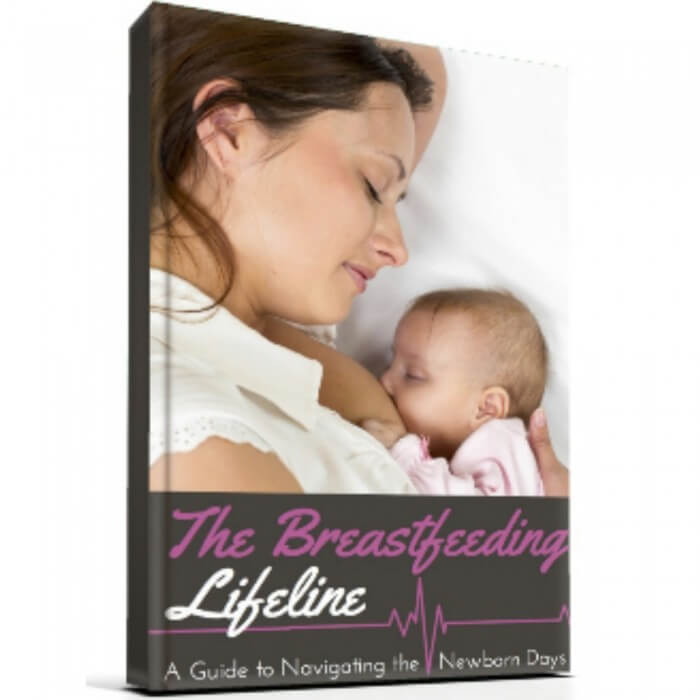 Having trouble deciding which of the breastfeeding pumps are right for you? Let’s take a good luck at what is available and see if we can narrow down the options and explain each type in better detail. There are two types of breast pumps: manual and electric.
Having trouble deciding which of the breastfeeding pumps are right for you? Let’s take a good luck at what is available and see if we can narrow down the options and explain each type in better detail. There are two types of breast pumps: manual and electric.
- A manual breast pump is one that requires the use of your hands, and good old elbow grease. Although I can say that it does not require large amounts of force and strength in order to use manual breast pumps.
- Electric breast pumps, however, are operated by utilizing a plug or a battery of sorts. Which one you purchase depends highly on one major factor: why you are needing it in the first place.
I know, it seems simplistic. You’re thinking to yourself, “I need this because I need to milk myself, people! Why else would I procure a device like this?” But, let me explain. If you are the mother who is only planning on occasionally pumping for a date night, or a mani/pedi, then a double electric pump is likely not going to be a sensible choice for you. Likewise, if you plan on returning to work at six weeks postpartum, a tiny hand pump will not do you service at all, besides giving you clogged ducts and carpal tunnel. I’m going to make a simple list here with the type of pump and individual circumstance that most mothers find themselves needing to pump and see if it helps you figure out which option is best for you.
Breastfeeding Pumps
Simple Manual Pump
Many varieties involve a flange for your breast, flange accessories, a bottle that collects the milk and a handle that you squeeze that exerts negative pressure and extracts the milk. It’s all very simple really. They generally resemble an air horn, and feel like a mini-vacuum when the trigger is squeezed. Excited to pump, yet? Don’t worry, it’s much less worrisome than it sounds. These are ideal for the very occasional date night, or feeding where mom is just plain exhausted and needs a break, and co-sleeping is not the answer she seeks. In other words, infrequent pumping.
Single Electric Pump
A single electric breast pump is really just one step above the manual. The parts generally include a bottle, a flange, the flange accessories, tubing, and a motor with a dual power source. It saves your hand from cramping but still allows you to do those occasional pumps for a night out, or skipping a feeding if mom is feeling touched out and another caregiver would like to help.
Double Electric Breast Pump
The double electric breast pump; it seems this is the most preferred pump that mothers I speak to seem to purchase. It consists of a motor, two bottles, two flanges, a set of tubing, flange accessories (usually a little silicone disk or other piece that will open and close with the suction being applied) and a dual source of power (i.e., batteries or an adapter). It will pump both breasts at the same time, without the mother needing to use her hand to create the cyclic negative pressure. You just line the flanges up with your nipple in the center and, with a few other simple steps, you are extracting the liquid gold.
This pump is a great choice for mothers who are working outside of the home and need to pump for several feedings a day. They generally do fairly well at emptying the breasts, and with the price variations, many moms can find one that will do the job for a price they are comfortable paying.
One of the new options available are breast pumps that are hands free and cordless, that hide completely in your bra, so a mother can actually walk around and pump, multitasking, if you will.
Double Electric “Hospital” Grade Breast Pump
These pumps are the top of the line. They are highly efficient, long-lasting, and safe to use with different users (you can rent them from most hospitals, or potentially from the local WIC office if you are WIC eligible). And basically, they just get the job done. They are an excellent choice for mothers pumping exclusively, particularly long-term, or mothers looking to increase milk supply.
There are a lot of things to consider when choosing a breastfeeding pump. After this article, please take a minute to see what one of our other amazing authors, Kristen Smith, wrote on breast pumps. She discusses the various pumps in greater measure, and has reviews, pumping tips, and more!
Which breastfeeding pumps have you used?
Sharing at My Joy-Filled Life.






[…] There are many ways to express breast milk. It can either be expressed by hand, with a manual pump, a battery operated or electric breast pump, or a hospital grade pump (which are electric). Even with all the different types of breast pumps out there, knowing how to express breast milk by hand is a useful skill. It might take a few tries to get used to expressing breast milk by hand, so don’t get discouraged if it doesn’t work the first time. The trick is to put pressure not on the nipple but on the milk ducts. Once you are familiar with hand expressing, it’s sometimes easier and more convenient than using a breast pump. […]